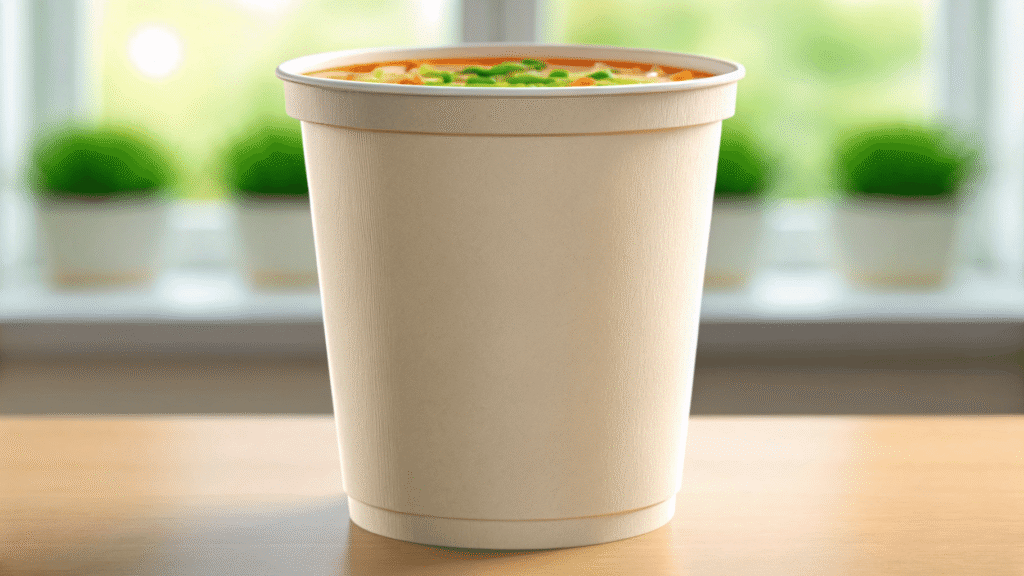Cup Noodles New Revolution: From Plastic to Paper – A Full Look at Eco and Safety
Cup Noodles are easy and fast food for work breaks, travel, or late nights. Nissin now sells them in paper cups instead of Styrofoam in the US. This change makes people talk about green packaging1, safety, and use.
Cup Noodles now use paper cups made from food-grade paper2 with a waterproof layer. This change lowers plastic use and meets eco laws3. It keeps the product safe and simple to use.

I have worked with instant noodle packaging for many years. This is not just a swap in material. It shows that brands follow new rules and customer needs. It also changes how the brand looks to people. Paper cups show care for the planet and still work for hot water.
Why did Cup Noodles switch to paper cups?
Single-use plastic limits happen in many countries. Brands also want to show they can act.
Cup Noodles switched for eco laws3, easier recycling4, and a better brand image5.
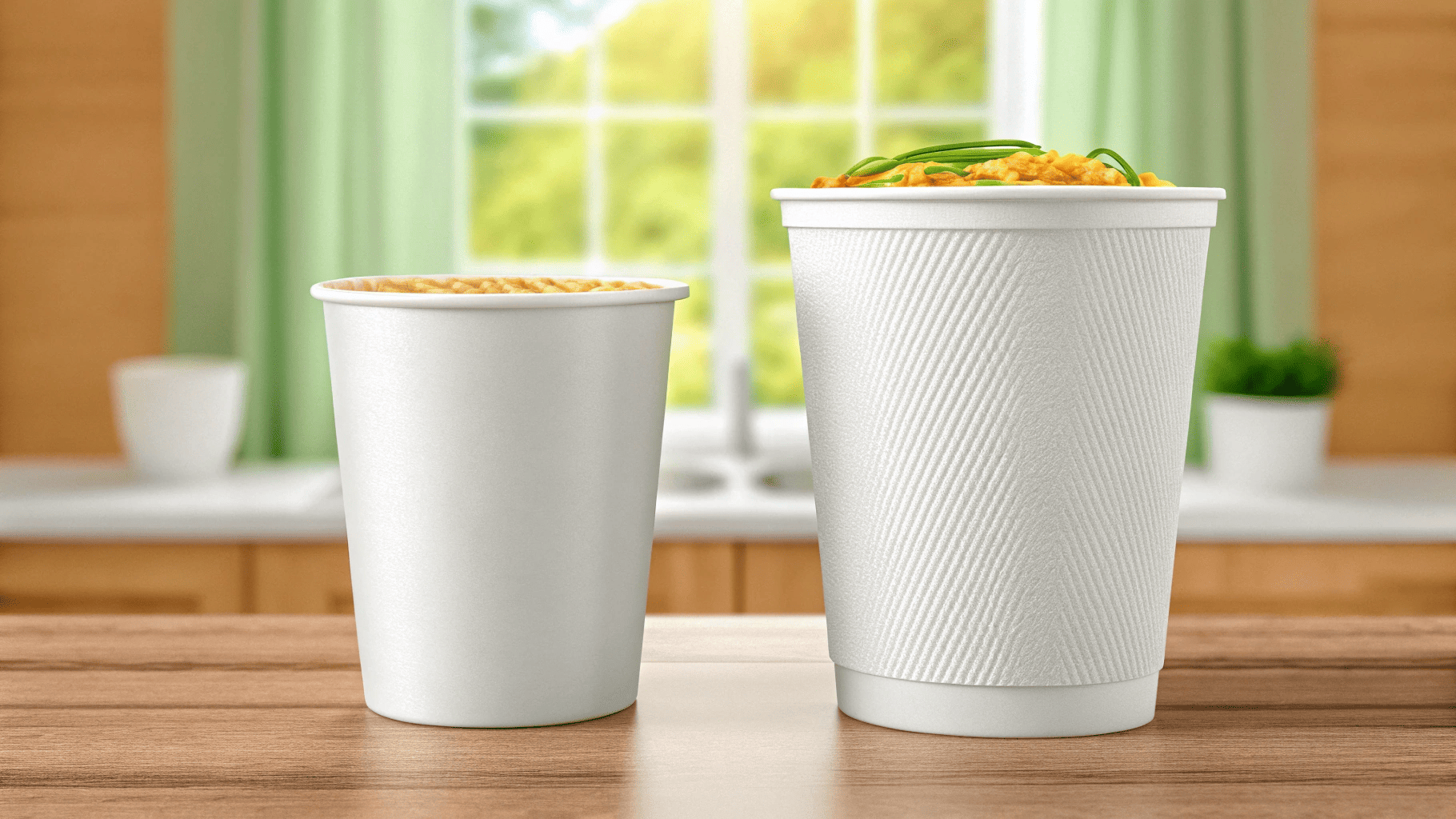
Places like the EU, some US states, and China limit or ban EPS cups6. Surveys show that most buyers pay more for green packaging1. Paper comes from renewable sources and can be recycled in more places. It breaks down faster than plastic foam. For the brand, using paper helps in marketing and meets eco targets.
| Reason | Paper Cup Advantage |
|---|---|
| Eco rules | Meets green laws |
| Consumer choice | Buyers like eco options |
| Recycling | Easier to process than EPS |
| Brand value | Shows green image |
What is the new packaging like?
People ask if paper cups work the same as foam ones.
The new cup is food-grade paper2 with a thin PE layer7, double wall for heat, and full-color print.
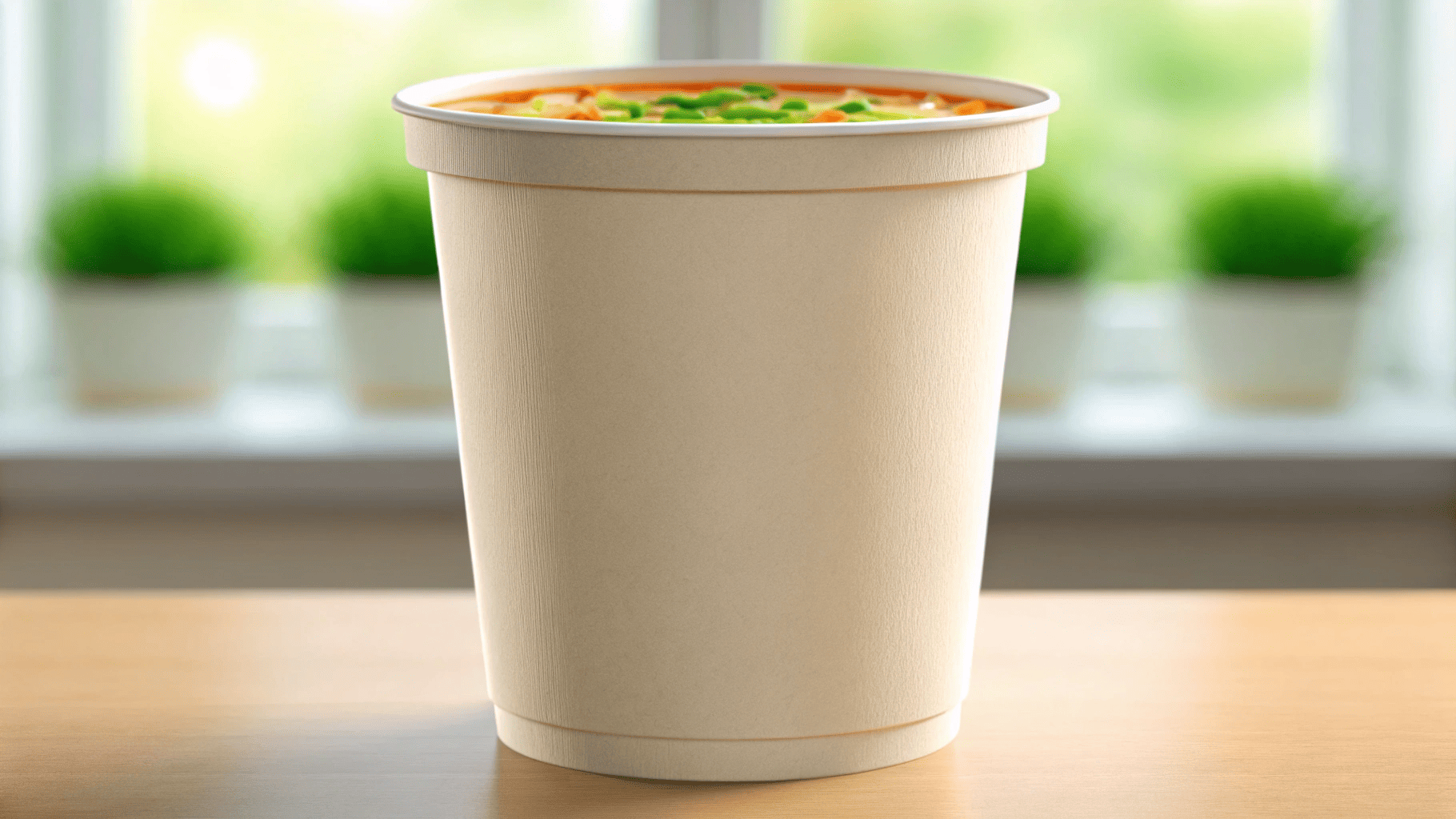
The old cup was foam plastic. It was light and held heat well, but was hard to recycle. The paper cup is strong and better for the planet. It can carry printed designs, which helps the brand show eco ideas. It keeps heat a bit less than foam, but the double wall helps. It should not be microwaved unless marked safe.
| Feature | Paper Cup | EPS Foam |
|---|---|---|
| Material | Food paper + PE layer7 | Foam plastic |
| Heat hold | Lower, double wall helps | Very good |
| Eco | Can be recycled, some composted | Not degradable |
| Look & feel | Natural, full print possible | Limited print, cheaper feel |
| Heat safety | For hot water, not microwave | Heat stable, chemical risk |
Are paper cups unhealthy?
Some worry about coating and chemicals in paper cups.
Food-grade paper cups are safe if they meet safety rules8 and use the right coating.
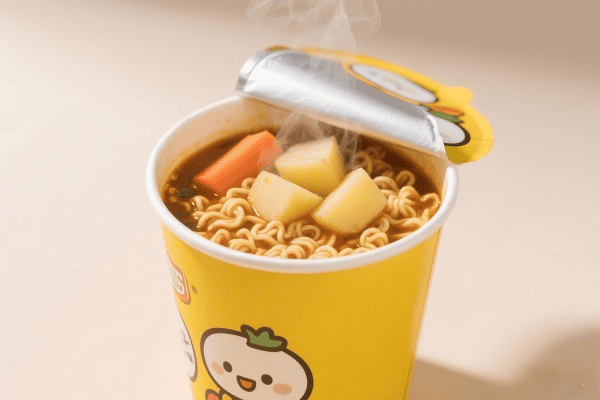
Most paper cups have a thin PE or PLA layer inside for waterproofing. Tests show these coatings do not give harmful amounts to the drink when used with hot water, if made to standards like FDA or GB 4806. Bad products can have unsafe whiteners or recycled paper with harmful parts. Heating over the limit can damage the coating.
| Safety Check | What to Look For |
|---|---|
| Certification | FDA, EU 10/2011, GB 4806 |
| Instructions | Temp range and safe use shown |
| Brand | Good maker with trust |
Why not replace all foam cups with paper?
Paper has limits in use.
Paper needs coating for liquids, costs more, and holds less heat than foam.
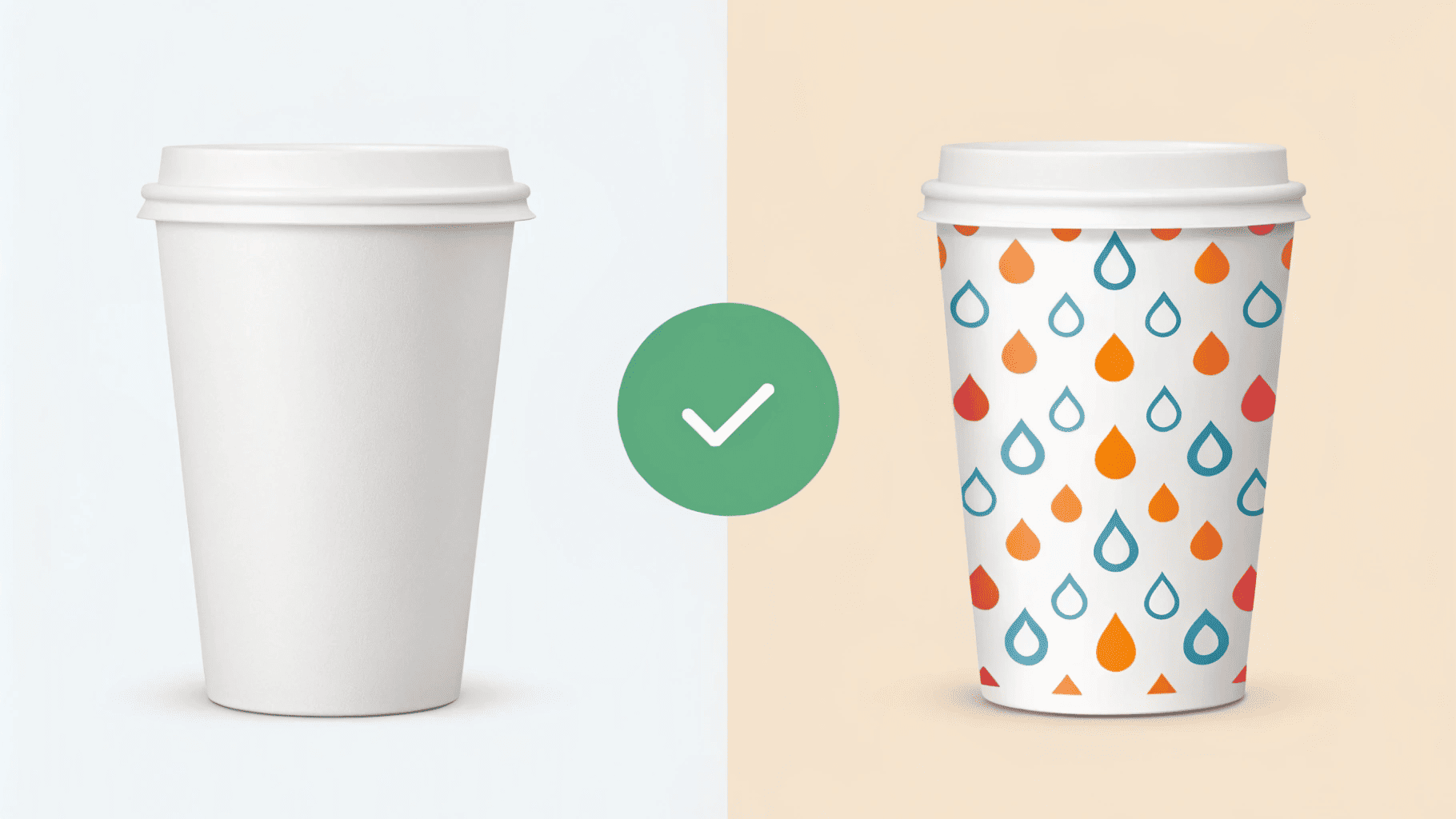
Waterproofing needs PE or PLA layers. This can make recycling4 harder. Paper costs more to make than foam. Paper moves heat faster, so it needs more layers or sleeves to protect hands. Some machines in factories are made for foam and need changes to work with paper. Paper cup use is growing, but plastic still makes up more than half of ready-to-eat food packaging.
| Limit | Reason |
|---|---|
| Waterproofing | Needs coating, harder recycle |
| Cost | Higher than foam |
| Heat hold | Lower, needs more structure |
| Supply chain | Machines need changes |
How should buyers use the new Cup Noodles?
Good for hot water. Do not microwave unless marked safe. Recycle after cleaning.
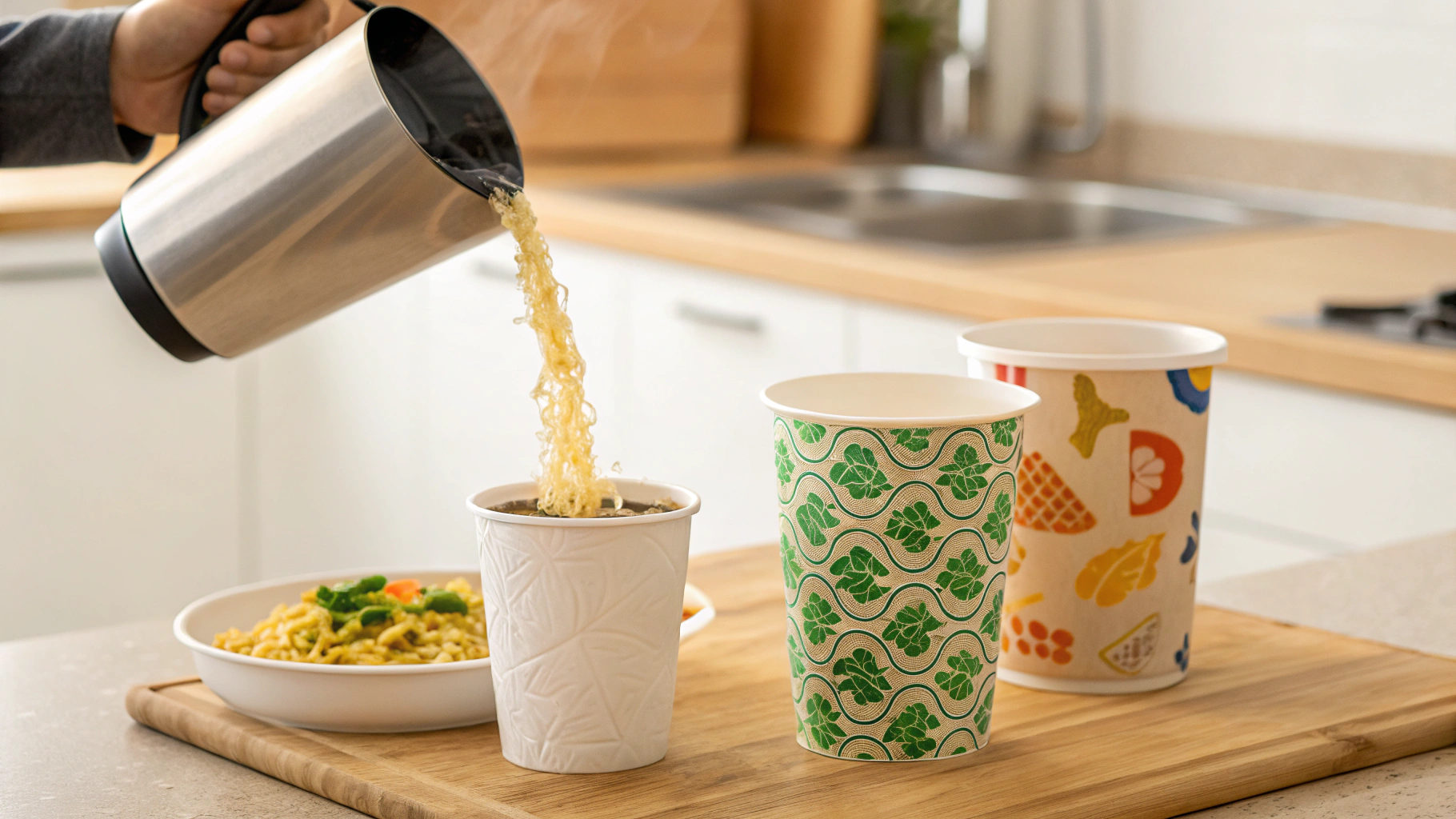
Pour hot water within the safe range. If there is no "Microwave Safe" mark, do not heat in the microwave. After eating, remove bits of food and sort the cup as paper waste based on local rules.
Conclusion
The new Cup Noodles paper cup cuts plastic use. It shows the brand’s green aim. It is safe, works for hot water, and is a step to greener food packaging.
Explore how green packaging can enhance brand image and meet consumer demand for sustainability. ↩
Learn about the safety standards and benefits of using food-grade paper in packaging. ↩
Stay updated on eco laws that impact packaging choices and sustainability efforts. ↩
Understand the recycling process and how it applies to different types of food packaging. ↩
Discover the connection between packaging choices and brand perception among consumers. ↩
Understand the environmental impact of EPS cups and the shift towards sustainable alternatives. ↩
Find out how PE layers enhance the functionality of food packaging while ensuring safety. ↩
Get informed about the safety regulations that ensure food packaging is safe for consumers. ↩
